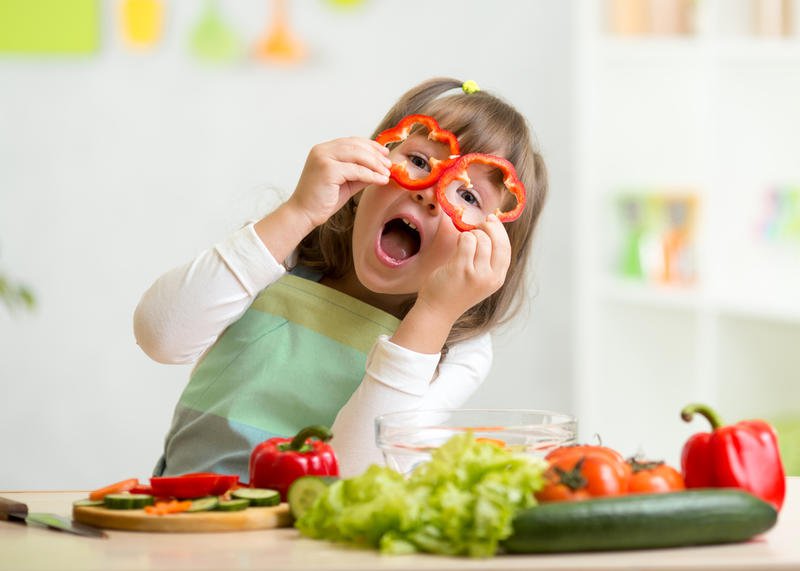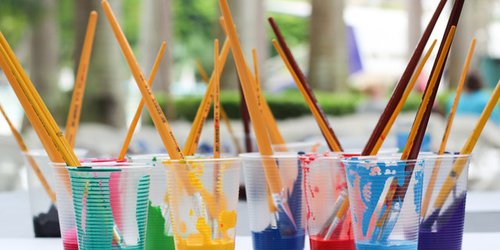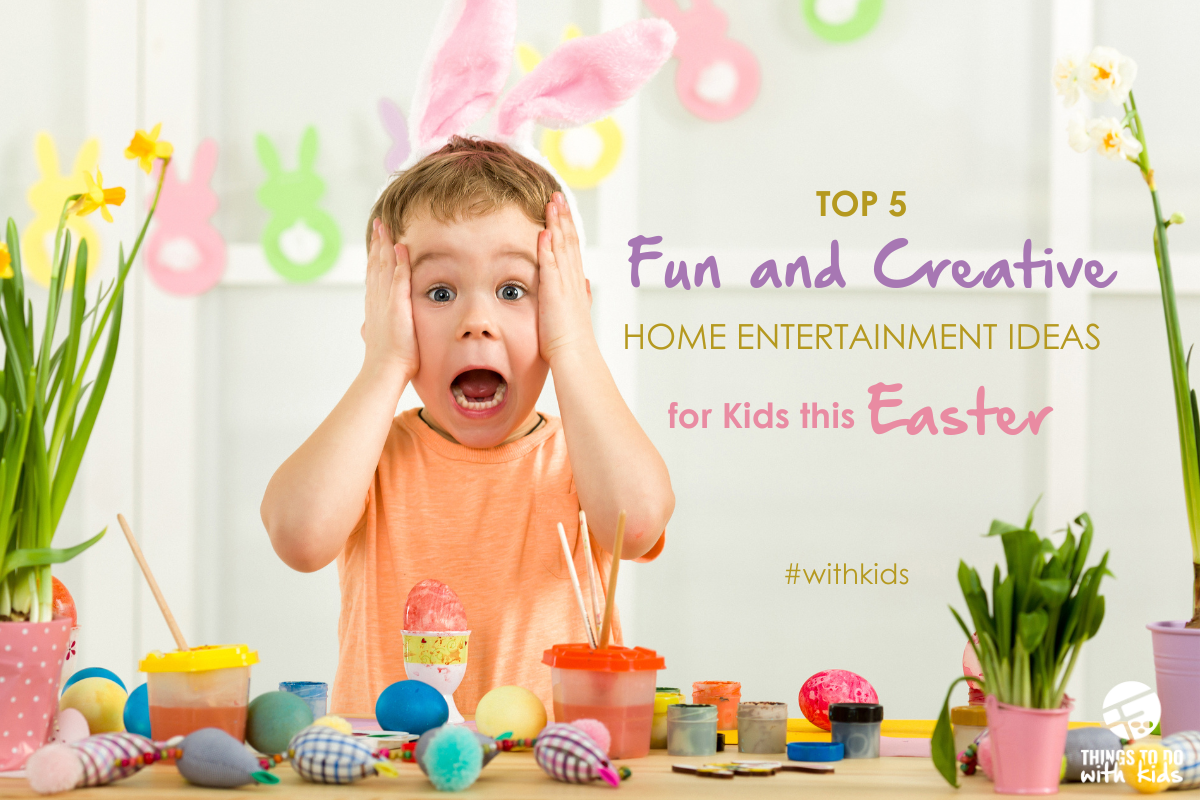Ideas on keeping your kids stimulated & entertained this holiday!
Summer Holidays are here and Catherine Miller, co-founder of My Learning Baby, shares some entertaining ideas that will also boost your child’s development.
It’s holiday time. The promise of a break in the usual routine of rushed mornings and school lunches. It’s also a time when most moms, including myself, find ourselves in two minds. On the one hand, we are glad of the opportunity to spend more quality time with our little ones while on the other, feeling a little stressed at the task of having enough planned to keep them engaged and entertained.
Having a week or three of uninterrupted time with your kids will give you a wonderful opportunity to observe how they have grown and developed while also giving you a chance to give them your undivided attention with stimulating activities that will boost their development.
How to keep the kids entertained and find rest for parents too
The trick is to put in a little bit of planning so that you are prepared with heaps of fun things to do to get you through the day while keeping your little ones out of mischief. Get the kids involved in the planning too, it will give them things to look forward to and they will be pleased to be included in the decision making. (See the free Things to do with kids DIY calendar for the summer 2016 Holidays here.)
Now for some entertainment ideas to select from for all ages that will provide great opportunities for stimulation, fun and lovely holiday bonding while still allowing you some well-earned down-time.
1. Make an obstacle course.
Obstacle courses are fun for all kids, and can provide hours of entertainment. They encourage your little one to clamber on, under and over your household furniture. This not only strengthens their muscles but also challenges their little minds as they try to figure out how to negotiate the obstacles! With a little thought, you can use an obstacle course in a variety of different ways to challenge your child’s gross motor development.
For the little ones - like toddlers and preschoolers
Make an exciting obstacle course for your little one to move through. Use your cushions, pillows, soft blankets and mats for him to walk or crawl “over”.
Find obstacles to crawl or duck “under” such as chairs or tables. They will love going “through” boxes (open at each end), tunnels, duvet covers (that have openings on either side) and even your legs.
Take your little one’s hand (if walking) or encourage him to crawl after you and show him how to weave his way between the objects.
Now encourage him to try it on his own. He may need prompting to avoid touching the objects and you may need to do it several times with him first.
A big "Hooray!" at the end, should encourage him to try it again and again.
For the older children:
Take the obstacle course outside and use old pieces of wood, boxes, buckets and garden chairs — anything that can be jumped over, under or around. Tell the children to time each other around the course.
2. Get cooking.

Many fine motor skills are strengthened and refined while baking and cooking or preparing food. Babies and toddlers will also be more likely to try some new foods if they have helped to prepare them with you so this is a great activity for fussy eaters (many toddlers eat while preparing the meal).
Get your baby or toddler to help you in the kitchen. From helping to mix his cereal (you can even use your hands over his hands to guide the action) to baking some cookies, he will love to pour, mix, roll, collect, pick up small pieces and of course lick the spoon!
Older kids can use small scissors to cut up items (e.g. lettuce or cucumber for a salad) and even small babies can help pick up and pack raisins, cheese cubes, popcorn and so on into a small container when packing a snack, strengthening the pincer grasp (using the thumb and index finger to pick up a small item).
3. Make up a song together.

Music offers a special way to interact with your baby and toddler, as children often communicate and connect during music long before they can actually say any words. A great way to enjoy music with your little ones, even from the youngest age is to make up a song together. Here are some hints on how to create a family hit:
- Choose a simple, familiar tune to start.
- Make up a song about things that are familiar. Using your child’s name in the song and names of other important people.
- Choose meaningful, useful words. Some traditional children’s songs have complicated vocabulary, such as “Mulberry bush”, “water spout”, or “London bridge”, which are hard for little ones to understand.
- Put important words at the end of the lines in the song – this will make these words stand out.
- Keep it simple! Children love repetition and learn from it. So repeat key lyrics and keep the number of words to a minimum.
- Add simple actions or movements to the song.
- Add sound effects or “fun words” to the song, if appropriate.
Examples include: animal sounds such as “quack quack” or “moo”, vehicle sounds such as “vrooooomm” or “beep beep”, other sounds and fun words such as “achoooo!”, “wheee!”, “boo!”
4. Put on a show.
Through music, children learn essential skills for language development and early social, cognitive, and communication learning. If you are having friends around for lunch, encourage the kids to put on a show for you. The planning and practicing will keep them busy for some time while giving you a chance to have an uninterrupted conversation.
Pull out any musical instruments so that they can include singing and dancing in the act and find dress up costumes to add to the entertainment.
Encourage the older kids to help the little ones get involved in this great, creative fun and don’t forget to make a huge fuss of your budding stars when the show is over.
5. Make your own toys.
Having fun doesn’t always involve getting new toys. Making your own toys and games are great opportunities to practice fine motor skills (cutting, pasting, drawing) while keeping the children occupied for some time. Everyday items that can be found at home are all you need.
For the little ones:
Make a posting box from an empty formula tin with a plastic lid. Cut holes in the lid so that your baby can post ping-pong balls or plastic milk bottle tops into the box. Empty the post box and play again while alternating hands.
Make your own musical instruments using toilet rolls. Staple one end of a toilet roll closed and fill it 3/4 full with rice, beans or lentils (each filling will make a different sound). Now staple the other end and hurray, you have your first musical shaker for great sensory stimulation.
For the older kids:
Get a supply of colored paper, crayons, children’s scissors and glue to make some fun games. Pin the Tail on the Donkey or Snakes and Ladders can all be easily made at home and will provide hours of entertainment.
Age appropriate chores - Family chore time.

It may be holidays but the chores still need to get done. Household chores are a great way to get your little ones to help out while stimulating Gross Motor Development and providing Sensory Stimulation. "Pushing" and "pulling" chores such as vacuuming, sweeping mopping, wiping down table tops, washing windows and unpacking the washing machine are good examples. The key is to make it fun so hold competitions and allow the winner of the day to choose a special treat.
6. Have a foam party.
I always think that a filthy tot at the end of the day is a great indicator of how much fun was had. Digging in the dirt, painting and baking make a good scrubbing at the end of the day a necessity. If your little one evades the daily soap and water, try this activity to entice them into the bathroom while getting the added benefit of wonderful sensory stimulation and shoulder strengthening. Squirt some of Dad’s shaving foam or some child-friendly bath foam onto a mirror, shower door or the side of the bath. Let your little one stand or sit in front of it. You can both smear the foam over a surface to make a “page” and then use your fingers, a paintbrush, an ear bud or any stick to draw.
Once you have drawn a picture you can wipe it away and create a new ‘page’ with the foam. Give your toddler a window cleaning tool and a spray bottle of water to clean the shaving foam off the mirror or window afterwards using two hands. Once he tires of that give him a hand towel and ask him to dry it off again using two hands.
Other free, fun things to do with your kids this holiday:
- Go on a picnic - You don’t have to go far to have a picnic — the garden is a great option. Let your kids help you pack the picnic basket from whatever you have in the fridge. It’s amazing how much more fun it is to snack in a fun location.
- Go camping - Build a tent indoors or outdoors with blankets and sheets. Once the tent is up, make up a picnic basket to take with them.
- Do a treasure hunt - Make a treasure map out of brown paper with clues to find some treasure you have hidden somewhere in the house or garden. Even the smallest treasure, when found, will be greeted with much excitement.
- Make a robot - Don’t throw away present boxes from the festive season. Fantastic robots can be created with some glue, finger paint and a just a little imagination.
- Do a puppet show - Make sock puppets by gluing wool on the top of an old sock and using a permanent marker to draw eyes, nose and a mouth.
- Go on a colour hunt in the house. Collect objects of a certain colour. The winner has collected the most objects in the set time.
- Make an imaginary world. In a large rectangle bucket or tray create your own play scene. Place rocks, small twigs, bark or sticks from trees for an outdoor scene or use little toys to create your imaginary world. Now invite Mom, Dad and siblings to play in your world.
- Take nature walks. Go on nature walks to collect special items. On the beach, collect shells and stones to later make a shell castle or shell and stone sculptures. In the forest, collect bugs, plants or trees. At night, go for a walk with a torch and then switch off and star gaze.
- Build a garden patch. Dedicate a small patch in the garden to the kids and create an outdoor play garden. Fill with pots, a small rake, bucket, spoons, utensils and solid plastic toys like animal figurines. Plant flowers, herbs, lettuce — anything that grows quickly and gives them the satisfaction of having produced something. If your kids are small, just give them a spade, put on their old clothes, and let them loose.










